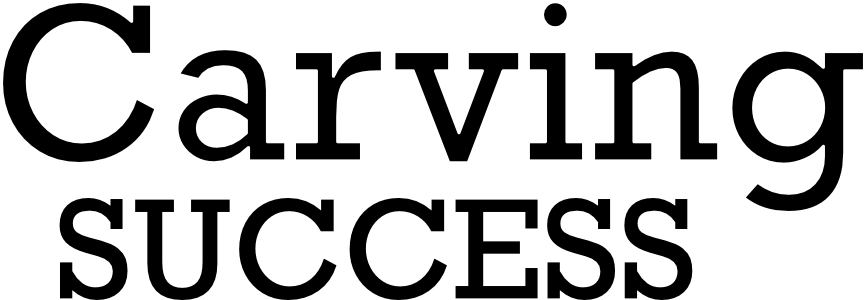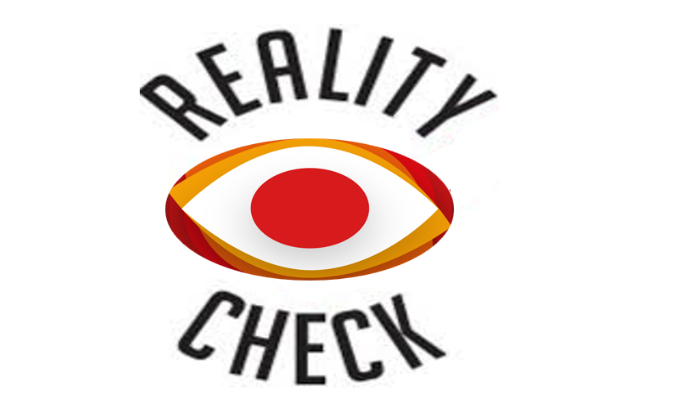In my recent article “Positive Politics in Organizations”, the case of a candidate interaction for a CIO position in a large financial institution generated much interest and many questions. Hence this follow-up mind share.
Restructuring Stress on individuals and organizations is on the rise today. This article is to present a perspective on role change for both entities.
The scenarios involved could be within or external to the organization. The three cases shared in this article are: Role change in (1) new role and new organization; (2) expanded role and new organization, and (3) expanded role in the same organization.
While the focus is on technical and operational capabilities besides personal characteristics, there is less attention given to organizational fit. This is a focus area for the HR function. However, there is even less, or negligible attention given to the “Personal Fit” factor. Personal fit is a person-specific and personal responsibility. It’s your life – Get the right fit in all spheres of life, be it work, health, family, friends, and soul. These are considered to be the “5 balls of life”: work is a rubber ball and can bounce back, all others are glass.
The aim should be to go for a “MUTUAL FIT” which is a combination of personal and organizational fit.
Here are a few interesting observations of role change experiences.
Case 1 – New Role-New Organization: A senior executive, Jack, applied for several roles in many top fortune 500 companies and reputed global groups that work with multiple countries (World Bank, IMF, UN, etc.). While he was selected in more than one organization, his learning during the interactions and his appreciation for the selector organizations enhanced considerably. The 3 things that stood out were (a) How some organizations create an environment to attract the best talent (b) How organizations help candidates give their best in order to select the right candidate (c) How organizations ensured the best “Organizational Fit” which was a step above the normal as it included a component of “Individual Fit”. Some interesting points taken by these organizations, as noted in the approach, were that they:
1. Showcased their vision, mission, goals, and leadership principles to the candidates by providing them links for checking out the organization’s website. Some links had videos and materials highlighting interaction tips. For example, how to provide focused answers in line with the STAR questioning technique. (Technical and Organizational Fit)
2. Provided links and had prep discussions with candidates to apprise the candidates of the interaction process and assessment baselines. This was done at every stage of the interview (a) Screening (b) Personal interview (c)Technical capability (d) Organizational Fit.
3. Provided the profiles of the selectors on the interview panel and informed the candidate which selector would ask what type of questions. (This led to enhanced knowledge sharing/acquisition by tailoring responses to backgrounds on both sides)
4. Provided the candidate with a list of organization executives (from unrelated departments), about 8 persons from which they could choose 2 or 3 to have an informal chat. This was meant to help candidates get a feel of the organizational culture.
5. Suggested that the candidate send a post-interview letter (one page with 3 paragraphs) to HR about the interaction. The suggestion was that the candidate could share (a) how satisfied he/she was with the discussions (b) if there was anything more, he/she would have liked to share, and time did not permit (c) any other feedback like confidence in handling the position, or suitability for the same or a different role, etc.
Jack was selected in 2 of the 5 roles he applied for and was therefore happy with his learnings over the conversational process and experience.
What was known to only a few, was that Jack recruited a personal coach to use as a sounding board for assessing personal and organizational fit which led to a better ‘Mutual Fit” judgment call. This aspect though crucial is often not considered.
Case 2 – Expanded Role–New Organization: Jain a senior and ambitious “C” level executive was approached by a headhunter for a challenging and lucrative position in a highly reputed company. As the company was smaller than his current organization, they felt he could take up a larger role. He was a local business unit head who was now being considered for a regional business head position. This position required a location shift from India to Singapore.
All interviews (Technical, personal, and organizational fit) went well, and he was selected. He had followed all the standard protocols required for role change selection conversations. Like experience – role matching (by digging out past diaries and appraisals to find commonalities), identifying and connecting with influencers and persons who could provide the organization’s overt and covert agendas, website, and market research to know about the organization, etc.
Two years later he resigned and moved on to a role with a better “Mutual Fit”. On review, he found that his Personal-fit assessment was not as accurate as he thought. In his judgment he over-rated himself. His new role required much travel and family separation. He had an aged mother living with him and two children, one of whom was a teen. His wife was working and could not devote the extra time needed by the family in his absence. The family dynamics broke down. Though all had agreed that he should go ahead and take up this lucrative job as their standard of living would go up, they did not anticipate the emotional stress they would have to deal with. Personal fit if not considered seriously can lead to poor choices.
Case 3 – Expanded Role-Existing Organization: In this case, Jane was applying for an internal role change to a senior position. The position was identical to that of Jain’s role in case 2, except that the position was in Hongkong and not in Mumbai where she was located. She followed all the protocols as in the above case and was selected. She too moved to Hongkong and felt the pressures of personal fit misjudgment. In this case, however, the organization that knew her value shifted her back to India maintaining the same “Regional Head” position on a trial basis. Experiencing the organization’s commitment shown to her, Jane put her all into the role and outperformed herself. Now both sides are happy.
The bottom line is that sometimes we are enamored by looking at the stars and stumble over obstacles on the ground. (Taken up by the package and perks of the role). Like they say, “There are no free lunches” or “If you get something for free you are the product”. These statements help us to make some sense of a role change initiative. Assessing the benefits and the personal aspects that must be managed in the changed role needs to be a thorough and serious exercise. This “Personal Fit” is the responsibility of the candidate to ensure that the Mutual Fit in the new role is beneficial for both the self and the organization. This is a judgment call by the person and all members impacted by the role change, which includes family, friends, and lifestyle.
Personal Fit is not much talked about, but most do it to a larger or lesser degree. However, giving more thought to senior-level role changes is imperative for a smoother transition.
Questions to ponder about:
- Have you experienced organizations having such elaborate protocols for role change conversations? What about yours?
- What are the advantages of preparing for role change conversations besides being selected?
- What could be the maturity level of an organization that has advanced selection protocols? Can these be easily cloned?
- Are sounding boards necessary for ‘Personal fit’ checks? If yes, how would you go about selecting them?
- Do “Mutual Fit” assessments need to be done at the time of role change or can they be done periodically?
- What interpretations would lead a candidate to make a wrong judgment call while considering “Mutual Fit”?
- What would be the best strategy to reverse an unfavorable mutual fit decision?
Alan Doulton


